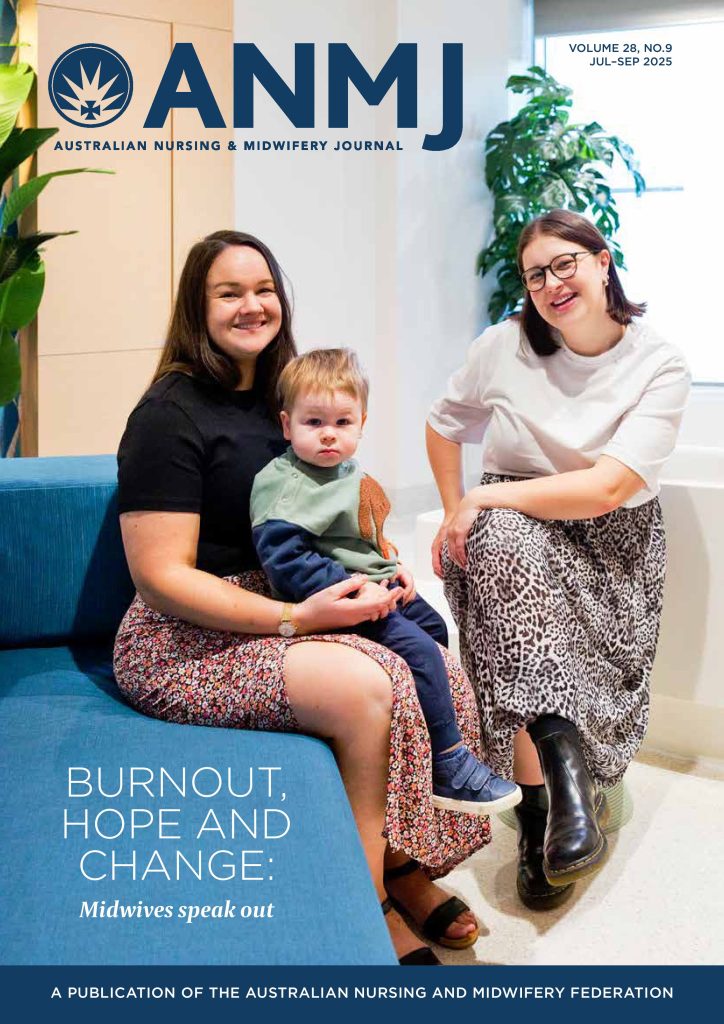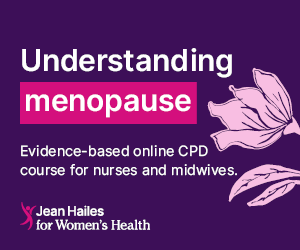Nearly 60% of Australian aged care facilities have poorer staffing levels compared to the USA’s guidelines for aged care practice, according to a researcher from the University of Wollongong.
Anita Westera, Research Fellow with University of Wollongong’s Australian Health Services Research Institute, made the statement speaking on the role of staffing and skills mix in aged care from a global perspective at the ANMF Victorian Branch’s Aged Care and Chemical Restraint Symposium last month.
Ms Westera explained while there was a perception that the US healthcare infrastructure lagged behind Australia’s, the inverse was true for the aged care sector.
Ms Westera findings were based on her research comparing data from the American CMS Star Rating System to that from Australian aged care facilities.
The American CMS Star Rating System is a one to five star ranking system which looks at two tiers – amount of minutes of care a resident receives from a registered nurse per day as well as minutes of care that a resident receives from all appropriate on-site staff.
Ms Westera said a ranking of one or two stars was considered ‘unacceptable’, three stars was ‘acceptable’, four stars was ‘good’ and five stars considered ‘best practice’.
The overall star rating compares the numbers of minutes of care by a registered nurses rankings to they number of staff rankings.
She said, while just over 58% of Australian aged care facilities received ‘one star’ or ‘two star’ levels of overall staffing (unacceptable), around a third of that group received ‘three star’ (acceptable) amount of care from a registered nurse .
According to Ms Westera, overall staffing levels would need to increase by 37% for all one or two star residences to reach ‘acceptable’ levels of staffing, which would equate to a 20% increase in staffing across the whole country.
A four star ranking would require a 37% increase in total carer staffing, while a five star ranking would require a 49% increase.
Ms Westera said there were a number of factors that explained the poor ratings, including a mix of demography, politics and ideology. The marketisation of care in government policy is a major factor, as demonstrated by the significant growth of private, for-profit providers in the sector.
“Residential aged care is not a marketplace,” she said.









3 Responses
I have seen things and Im a former Aged Care RN. We are deliberately placed in situations that compromise our integrity as nurses, in the hopes that we will resign. If they can’t get RN’s to work in Aged Care they will campaign to change the laws so that they don’t need RN’s at all in Aged Care. They will do ANYTHING to stay in profit.
Excellent information from Anita.
Australian aged care is in a sorry state when it comes to all staffing mix levels. This leaves the small number of RNs employed in facilities with impossible work loads and levels of responsibility. It is time we had similar rating and staffing systems as the US but privatisation of most of the sector in Australia means that the care of our frail elderly is grossly inadequate. Your findings and conclusions correctly reflect the Australian aged care sector Anita.